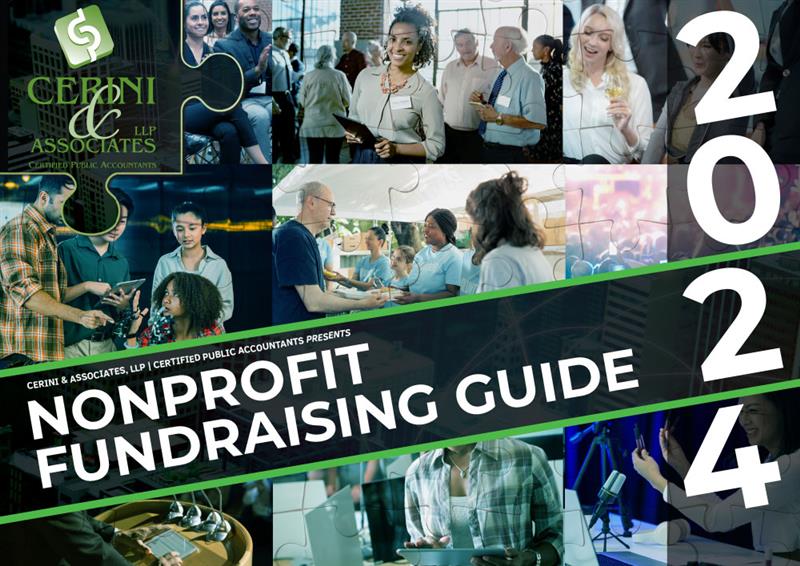Grants are a crucial funding mechanism for nonprofits, providing vital financial resources to support their missions and community initiatives. Navigating the world of grants, from identifying the right opportunities to crafting compelling proposals, can be challenging. This comprehensive guide aims to demystify the grant application process, explore various types of grants, and offer practical steps for developing successful grant proposals.
Understanding Grants
What Are Grants?
Grants are financial contributions made by government agencies, private foundations, corporations, or other organizations to support specific projects or initiatives. Unlike loans, grants do not require repayment, but they often come with specific conditions and expectations. These funds can be used to support a wide range of activities, including:
- Operating Support: Financial assistance to cover general organizational expenses such as salaries, utilities, and office supplies. This type of grant helps ensure the organization’s sustainability and allows it to maintain its day-to-day operations.
- Capital Support: Funding designated for large-scale investments such as building construction, purchasing major equipment, or renovating facilities. These grants are often used for projects that require significant financial outlays and are intended to enhance the organization’s infrastructure.
- Program Development: Grants aimed at developing or expanding specific programs or services. This can include funding for new initiatives, technology upgrades, or pilot programs designed to address emerging needs or gaps in services.
Assessing the Need for Grants
Before embarking on the grant application journey, it’s crucial to assess whether grants are the right fit for your organization. Consider the following:
1.) Is a Grant the Best Option?
- Alignment with Mission: Ensure that the grant aligns with your organization’s mission and goals. Grants are most effective when they support well-defined projects or initiatives that further your organization’s objectives.
- Long-Term Viability: Grants are often restricted to specific projects or time frames. Consider whether the funding will provide sustainable benefits and if you have the capacity to meet the grant’s requirements. In addition, grants often only provide funding for a specified period of time (foundation grants), so it is important that your organization can generate revenue or other support to replace the grant funding when it is no longer available.
2.) Do You Have the Resources?
- Staff Capacity: Grant applications require significant time and effort to research, write, and manage. Assess whether your organization has the necessary staff and/or technology or consider hiring a grant writer if needed.
- Financial Management: Ensure that you have the systems in place to manage grant funds effectively, including tracking expenses, reporting on outcomes, and adhering to grant conditions.
3.) How Will Grants Fit into Your Fundraising Strategy?
- Diversification: Grants should be part of a broader fundraising strategy that includes individual donations, events, and other revenue streams. Relying solely on grants can be risky, so ensure that you have a diversified approach to fundraising.
Finding and Researching Grants
Where to Find Grants
- Online Grant Databases: Use databases such as GrantStation, Foundation Directory Online, and Grants.gov to search for grant opportunities. These platforms offer comprehensive listings and detailed information about potential funders.
- Foundation Websites: Visit the websites of private foundations, community foundations, and corporate foundations to learn about their funding priorities and application processes.
- Networking: Engage with other nonprofits, attend industry conferences, and join professional associations to learn about new grant opportunities and build relationships with potential funders.
Research Tips
- Understand the Funder’s Priorities: Thoroughly research the funder’s mission, funding areas, and past grants. Tailor your proposal to demonstrate how your project aligns with their interests and priorities. AI can help in this capacity.
- Review Past Grants: Analyze previously funded proposals to gain insights into what types of projects and organizations the funder supports. This can help you craft a proposal that meets their expectations.
Writing an Effective Grant Proposal
Step 1: Preparation
- Develop a Fundraising Plan: Integrate grant funding into a comprehensive fundraising strategy that includes diverse revenue sources. This plan should outline your organization’s financial goals, target donors, and fundraising activities.
- Gather Resources: Collect all necessary documents and data, including organizational financial statements, IRS 501(c)(3) status, and project-specific information.
- Create a Grant Calendar: Track deadlines for upcoming grant opportunities, including submission dates, reporting requirements, and renewal deadlines.
Step 2: Tailor Your Proposal
- Customize Your Application: Avoid generic proposals. Tailor each application to the specific funder’s interests, guidelines, and requirements. Show how your project aligns with their goals and address their specific questions or concerns.
- Conduct Thorough Research: Understand the funder’s history, funding priorities, and application process. Use this information to craft a proposal that aligns with their strategic interests.
Step 3: Focus on Data and Impact
- Use Data: Provide clear, compelling data to demonstrate the need for your project and its potential impact. Include statistics, case studies, and testimonials to support your case.
- Highlight Outcomes: Clearly articulate the expected outcomes of your project and how they will address the identified need. Use specific, measurable indicators to show the anticipated impact.
Step 4: Write the Proposal
1.) Proposal Summary:
Start with a concise summary of your proposal, including the project’s purpose, requested funding amount, and key objectives. This section should grab the funder’s attention and provide a snapshot of your project.
2.) Introduction to the Applicant:
Describe your organization, including its mission, history, and achievements. Highlight your organization’s capacity to manage the grant and execute the proposed project.
3.) Need Statement:
Clearly define the problem or need that your project will address. Use data and real-life examples to illustrate the urgency and significance of the issue.
4.) Objectives and Outcomes:
Outline the specific goals of your project and the measurable outcomes you expect to achieve. Make sure these objectives are realistic and aligned with the funder’s priorities.
5.) Program Plan:
Provide a detailed description of how you will implement the project, including key activities, timelines, and responsibilities. Use a logical, step-by-step approach to demonstrate how you will achieve your objectives.
6.) Capacity:
Explain your organization’s readiness to manage the project, including staff qualifications, existing resources, and community support. Highlight any partnerships or collaborations that enhance your capacity.
7.) Evaluation Plan:
Describe how you will measure and assess the success of your project. Include specific evaluation methods, data collection strategies, and benchmarks for tracking progress.
8.) Program Budget:
Provide a detailed, itemized budget for the project, including expenses and sources of matching funds if applicable. Ensure that the budget is realistic and aligns with the project’s goals.
9.) Sustained Impact:
Discuss how the project will have a lasting impact and outline your plans for sustaining the project beyond the grant period. Explain how the project will continue to benefit the community or organization.
Step 5: Review and Refine
- Get a Fresh Perspective: Seek feedback from someone outside your organization to review the proposal. They can provide valuable insights into clarity, coherence, and overall effectiveness.
- Be Clear and Concise: Ensure that your proposal is clear, concise, and free of jargon. Use straightforward language and avoid unnecessary details that may detract from the main points.
- Double-Check: Review all aspects of the proposal to ensure that it meets the funder’s requirements, including formatting, attachments, and deadlines. Verify that all calculations are accurate and that the proposal is error-free.
Grant Proposal Cover Letter
Components:
- Project Introduction: Briefly introduce your project and the amount of funding requested. Clearly state the purpose of the grant and why it is important.
- Importance of the Project: Explain how the project aligns with the funder’s mission and priorities. Highlight the significance of the project and its potential impact.
- Proposal Contents: Outline what is included in the proposal, such as the project description, budget, and evaluation plan. Provide a brief summary of the key components.
- Previous Contacts: If applicable, mention any prior interactions with the funder or references to previous correspondence. This can help establish a connection and provide context.
- Contact Details: Include your contact information for follow-up questions or additional information. Provide a phone number, email address, and any other relevant contact details.
- Signature: Ensure that the cover letter is signed by the organization’s executive director or an authorized representative.
Tips:
- Keep It Brief: Limit the cover letter to one page. Be succinct and focused, ensuring that it complements the detailed proposal.
- Be Direct: Clearly state the purpose of the grant request and its relevance to the funder’s interests. Avoid vague language and get straight to the point.
- Show Understanding: Demonstrate your knowledge of the funder’s priorities and how your project aligns with their goals. This shows that you have done your homework and are genuinely interested in a partnership.
Grants can be a powerful tool for nonprofits to secure funding and advance their missions, but navigating the application process requires careful planning and execution. By understanding the types of grants available, assessing your organization’s readiness, and following a structured approach to proposal writing, you can increase your chances of success. Remember, grants should be part of a diversified fundraising strategy and support well-planned projects that align with your organization’s mission and goals. With a thorough understanding of the grant landscape and a commitment to crafting compelling proposals, your organization can effectively leverage grants to achieve meaningful and lasting impact.

Matthew Burke, CPA
Partner
Matt specializes in providing Cerini and Associates’ diverse array of midsized business clientele and nonprofit organizations with valuable consulting and assurance services. He prides himself on value-added, responsive, and innovative service to his clients; with a focus on forward-thinking and creative solutions. Matt joined the firm in 2002 and has years of experience with many types of complex accounting, auditing, compliance, and general business matters that impact entrepreneurial, established, and nonprofit businesses.




No comment yet, add your voice below!